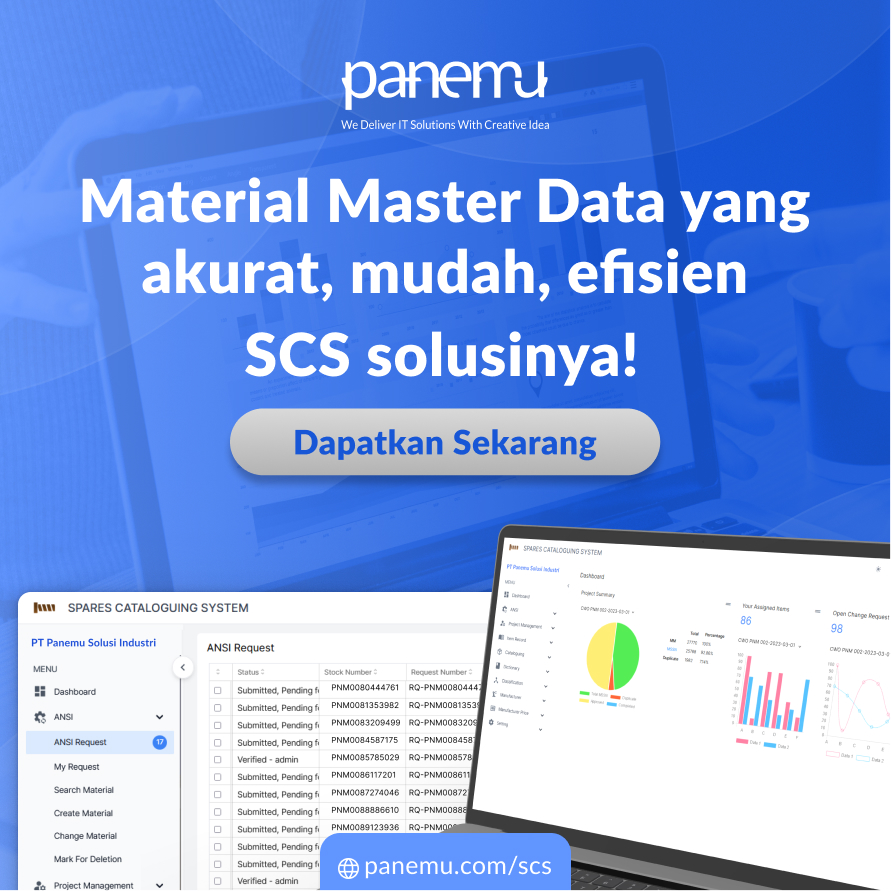Introduction
Enterprise Resource Planning (ERP) systems are the digital backbone of modern corporations, integrating essential business processes across departments. As companies upgrade or switch ERP systems to remain competitive, data migration becomes a critical, yet often underestimated, phase of the transition. The integrity of catalog data—information on parts, materials, components, and inventory—is vital, especially for COOs, mechanics, and operators who rely on accurate data for daily operations and strategic decisions.
This article explores the core challenges of ERP data migration, with a particular focus on catalog data, and offers a strategic framework of best practices to mitigate data loss or corruption. Through real-world case studies and expert insights, we highlight how corporate leaders can manage data migration projects with precision and confidence.
The Stakes of ERP Data Migration
Catalog data sits at the heart of operational efficiency. Any misstep during migration can lead to part misidentification, inventory mismatches, procurement errors, and system downtimes. In a 2022 survey by Panorama Consulting, 42% of companies experienced operational disruption due to data integrity issues following ERP implementation. The need for meticulous planning and execution is non-negotiable.
Key Challenges in ERP Catalog Data Migration
1. Data Complexity and Volume Catalogs can contain hundreds of thousands to millions of records. These data sets often include:
- Item numbers
- Descriptions
- Technical specifications
- Units of measure
- Supplier data
- Historical usage data
Each field may exist in different formats, naming conventions, or languages in legacy systems, creating significant hurdles in standardization.
2. Legacy System Limitations Older systems may lack export functionalities or have proprietary databases. Extracting data without disrupting current operations is a delicate balance.
3. Inconsistent Data Quality Decades of use can result in duplicate entries, missing values, inconsistent attributes, and outdated information. Cleaning this data is time-intensive but essential.
4. Mapping Errors Mapping legacy data fields to new ERP fields isn’t always one-to-one. Misalignment in field types, character limits, or unit standards can result in corrupted or truncated data.
5. Downtime and Business Continuity Risks ERP cutovers can halt operations. Without a robust plan, the downtime during migration may stretch beyond acceptable limits, affecting production, procurement, and service delivery.
Best Practices for a Seamless Data Migration
1. Establish a Cross-Functional Migration Team Involve IT specialists, operations managers, and data owners. For mechanics and operators, involving them early ensures that field-level realities are considered, such as how part numbers are used on the shop floor.
2. Conduct a Comprehensive Data Audit Evaluate the current state of your catalog data. Identify:
- Duplicates
- Inconsistencies
- Missing critical fields
Use automated tools like WinPure or Talend Data Preparation for faster results.
3. Define Data Standards and Governance Policies Create a unified standard for catalog data. Set rules for naming conventions, units of measure, and required fields. This becomes your foundation for both current and future data entries.
4. Use ETL Tools Extraction, Transformation, and Loading (ETL) tools such as Apache Nifi, Informatica, or SAP Data Services help structure and automate the migration process, ensuring data is properly cleansed and validated.
5. Pilot Migration and Testing Before going live, conduct pilot migrations using a subset of the catalog data. Allow operators to interact with the migrated data in the ERP sandbox to identify usability issues.
6. Ensure Real-Time Validation and Verification Use scripts or built-in ERP validation tools to check for:
- Missing fields
- Invalid formats
- Field truncation
7. Parallel Run and Contingency Planning Maintain the legacy system in read-only mode during initial ERP operation. This allows cross-verification and ensures that discrepancies can be resolved without service interruption.
8. Training and Change Management Engage end-users with hands-on training. Use simulations and visual guides to show how data will appear and function in the new ERP. Encourage feedback loops for continuous improvement.
Real-World Case Study: Siemens AG
Siemens, a global engineering giant, underwent an SAP S/4HANA migration affecting over 5 million catalog entries. Their phased approach included regional data standardization teams, strict data quality metrics, and dual-run systems for three months. The result? A 97.5% reduction in data-related service issues post-migration.
Conclusion
ERP data migration, especially for catalog data, is as much a people and process challenge as it is a technical one. For corporate leaders—whether at the C-suite level or on the shop floor—understanding the nuances of migration and adopting best practices can be the difference between a seamless ERP rollout and a costly debacle.
With strategic planning, advanced tools, and a unified team approach, organizations can turn